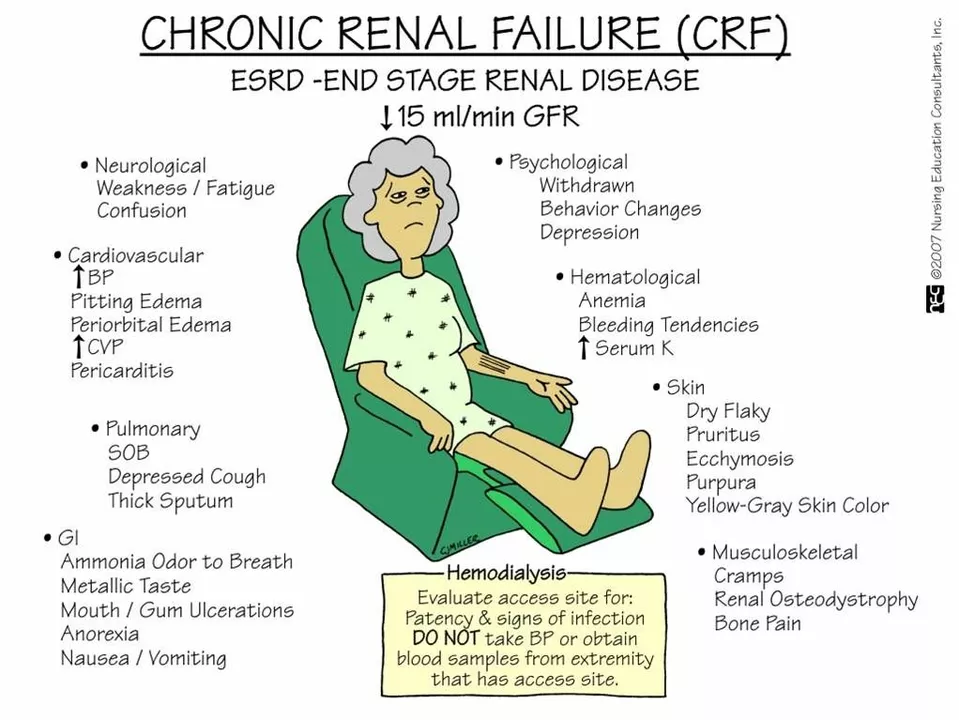Management: Practical Medication and Treatment Tips
Feeling buried under pill bottles, confusing instructions, or conflicting advice? You’re not alone. This page pulls together simple, actionable tips for managing prescriptions, spotting safe online pharmacies, weighing alternatives, and keeping side effects under control. No fluff—just things you can use today.
Organize meds and stay safe
Start by listing every medicine you take: name, dose, why you take it, and who prescribed it. Keep this list on your phone and printed at home. Use a single pill organizer to avoid missed or double doses. Set alarms or use a med app to remind you when to take pills. Store medicines where they won’t get too hot or damp, and keep them out of reach of kids and pets.
Always check interactions. If a new drug is added, ask your pharmacist whether it mixes with your current meds or supplements. Don’t mix alcohol with sedatives, some pain meds, or certain psychiatric drugs without checking. If something feels off—dizziness, severe nausea, or breathing trouble—stop the medicine and contact a clinician right away.
Buying meds online and finding real alternatives
When buying online, choose pharmacies that require a prescription, show contact info, and have clear shipping and return policies. Avoid sites offering powerful drugs without any prescription. Look for verified customer reviews and established domains. If a price looks unbelievably low, it might be a scam or counterfeit product.
Wondering if there’s a safer or cheaper alternative to your current drug? Many posts on this site compare real options—like alternatives to antidepressants, pain meds, and asthma inhalers. Alternatives can mean a different drug in the same class, a different class of medication, or non-drug approaches such as physical therapy, dietary adjustments, or behavioral treatments. Talk with your provider before switching; they’ll help match a replacement to your health profile and goals.
Track side effects for two weeks after any change. Keep a simple log: date, symptom, severity, and whether it improved. That record makes it easier for your clinician to spot patterns and adjust dosing or change medications.
Use one pharmacy when possible. That gives your pharmacist a full view of your meds and helps prevent harmful interactions. If you must use multiple pharmacies—say one local and one online—share your full med list with each pharmacist.
If cost is a barrier, ask about generic versions, patient assistance programs, or split filling prescriptions to reduce waste. Many common drugs have cheaper generics that work the same. Also ask if your insurer covers a therapeutic alternative with lower copay.
Final quick checklist: keep an up-to-date med list, set reminders, use a single trusted pharmacy, verify online sellers, discuss alternatives with your clinician, and log side effects. Small habits make medication management much easier and safer. If you want, browse our linked articles for detailed guides on specific drugs, safe online pharmacies, and alternatives tailored to your condition.

